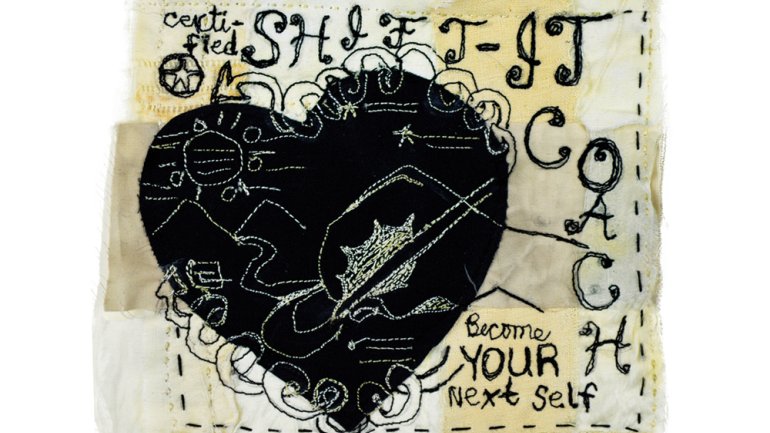Step by Step
Step by Step
If you’re a regular reader and you just picked up this magazine, you probably noticed a different logo on our cover. The new look brings us in closer alignment with the other programs of the American Craft Council: shows in four cities across the country, educational offerings, and awards for emerging and established makers. ACC programs will now share a visual identity, representing our combined efforts to promote craft and a culture of making in the United States.
Why the switch? At ACC we’d become aware that some in our audience did not see the links between our initiatives; they might have known us through the shows or the magazine or a conference – but didn’t realize the same organization produced all of them. We want to make those connections clear.
Sometimes rebranding signals a wholesale revolution; not in this case. The magazine remains committed to clarity, accuracy, and inspiration, aimed at a broad, imaginative audience. We still hope to spur people to lead creative lives. Our new logo signifies not a transformation but a modest evolution, years in the making.
And, when you come right down to it, maybe that’s true of many reinvention efforts. They may look dramatic from the outside – curious, strange, improbable. But when you delve more deeply, they make sense; you see the strands that gradually came together to effect change.
Joshua Kosker spent seven years of his life traveling the world as a guitarist in a post-punk band. So how did he end up as a jeweler? Simple: He’d spent a year in art school before he joined the band. When the band broke up and he returned to school, he found himself drawn to jewelry – and even made a brooch out of the sole of a shoe he wore on his travels.
For decades, Ayn Hanna has had a demanding job as a corporate manager. How is she also a fiber artist with recent shows in four cities? Hanna, who says she’s a realist as well as an artist, planned her artistic coming-out over years, all the while earning a steady paycheck.
And then there’s Rosanne Somerson, once a budding photographer, then a renowned furniture maker, and now president of Rhode Island School of Design. Again, one thing led to another and another and brought her where she is today. “A lot of the creativity that I experienced in my studio I’m now putting into the institution,” Somerson says. “So I don’t feel like there’s an absence of anything.”
What prompts an artist to make such ultimately striking shifts, incrementally and cumulatively? It helps to have a clear inner voice, a trustworthy internal compass. Maren Kloppmann was headed for a life in the country as a woodfiring potter when she walked into a gallery exhibiting minimalist northern European ceramists. “This is my tribe,” she realized, which prompted her to move to the city and start firing in an electric kiln. She’s taken risk after risk since that moment. Now, at 53, she has reinvented her career once again.
Kloppmann is a model for all of us who’d like to grow creatively (and who wouldn’t?). Moving from Point A here to Point B way over there can seem intimidating, arduous, confounding. But if you just take the next step, and the step after that, who knows where you’ll end up?

